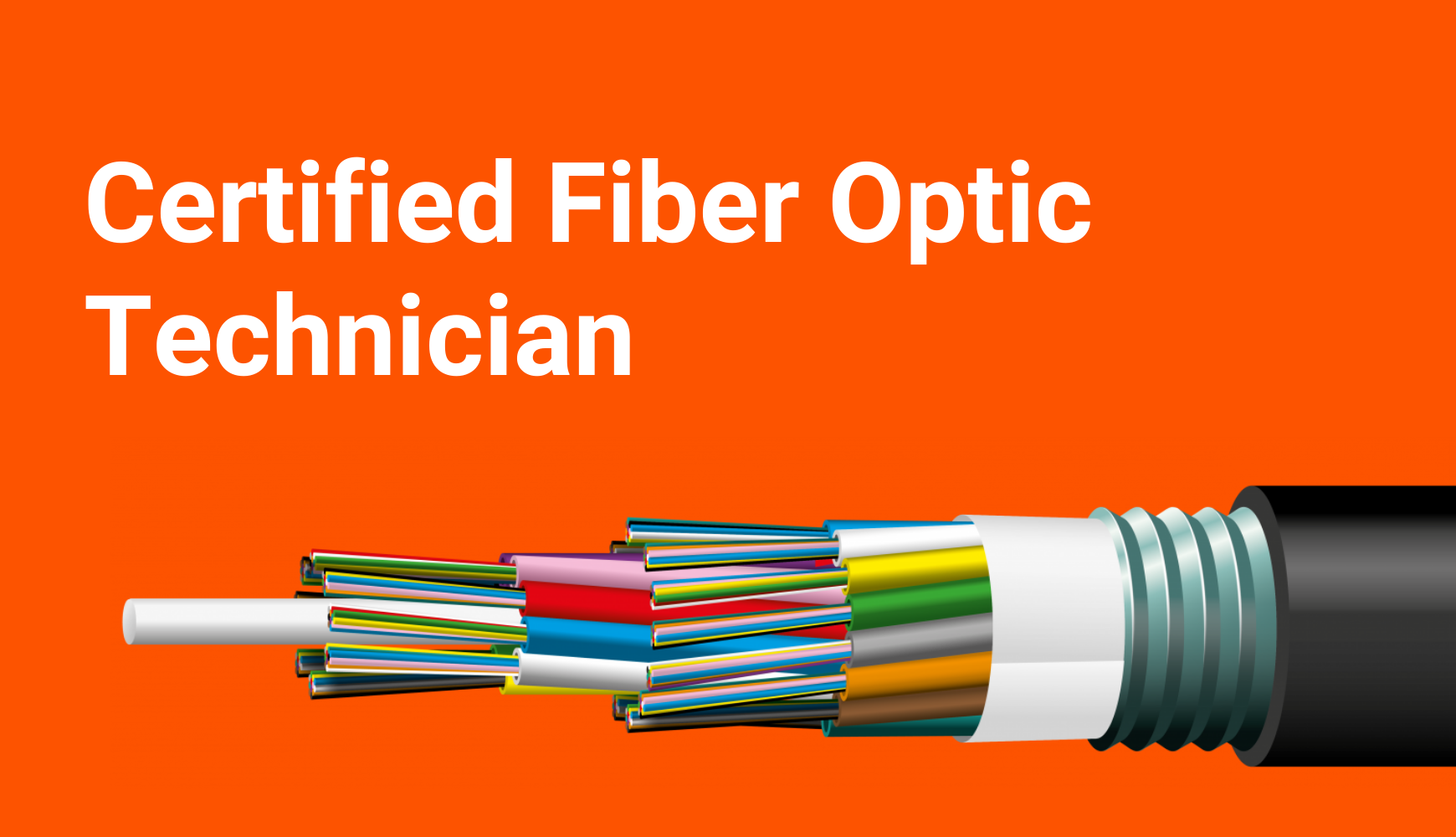Introduction
Fiber optic cables are the backbone of modern telecommunications and networking, prized for their exceptional bandwidth and fast data transfer capabilities. However, to maximize their performance, proper splicing and termination are crucial. This guide walks you through the essential steps to splice and terminate fiber optic cables correctly, ensuring optimal signal integrity and network reliability.
Step 1: Gather All Necessary Tools and Equipment
Before starting, make sure you have the right tools on hand, including:
-
Fiber optic cables
-
Fiber optic splicing machine (fusion splicer)
-
Fiber optic cleaver
-
Fiber optic termination kit
-
Fiber optic connectors
-
Cleaning supplies (lint-free wipes, isopropyl alcohol)
Having the correct equipment ensures precision and prevents damage during the process.
Step 2: Prepare the Fiber Optic Cables for Splicing
Begin by carefully stripping the outer jacket of the fiber optic cables using a specialized fiber optic stripper to expose the glass fibers inside. Clean the fibers thoroughly with lint-free cloths and isopropyl alcohol to remove any contaminants. Next, use a fiber optic cleaver to create a clean, flat end on each fiber—this is critical for a successful splice.
Step 3: Splice the Fibers Using a Fusion Splicer
Place the cleaved fiber ends into the fusion splicing machine, which aligns the fibers with high precision. The machine then uses heat to fuse the fibers together, creating a strong, low-loss joint. Follow the manufacturer’s guidelines carefully to ensure perfect alignment and a durable splice.
Step 4: Terminate the Fibers with Connectors
Once splicing is complete, terminate the fibers by attaching connectors that allow the cables to interface with networking equipment. Use a fiber optic termination kit to secure connectors onto the fiber ends. Proper alignment and secure attachment are vital to maintain signal quality and prevent connection failures.
Step 5: Test and Validate the Fiber Optic Connection
After splicing and termination, verify the integrity of the connection. Use a fiber optic power meter to measure signal strength and a visual fault locator to detect any breaks or defects along the fiber. Testing ensures your network will perform reliably under operational conditions.
Conclusion
Proper splicing and termination are key to unlocking the full potential of fiber optic networks. By following these carefully outlined steps and using the right tools, you can achieve strong, low-loss connections that support high-speed, reliable data transmission. Always adhere to manufacturer instructions and industry best practices to protect your fiber optic infrastructure.
Want to get more information about our FOA certification. Contact us.
